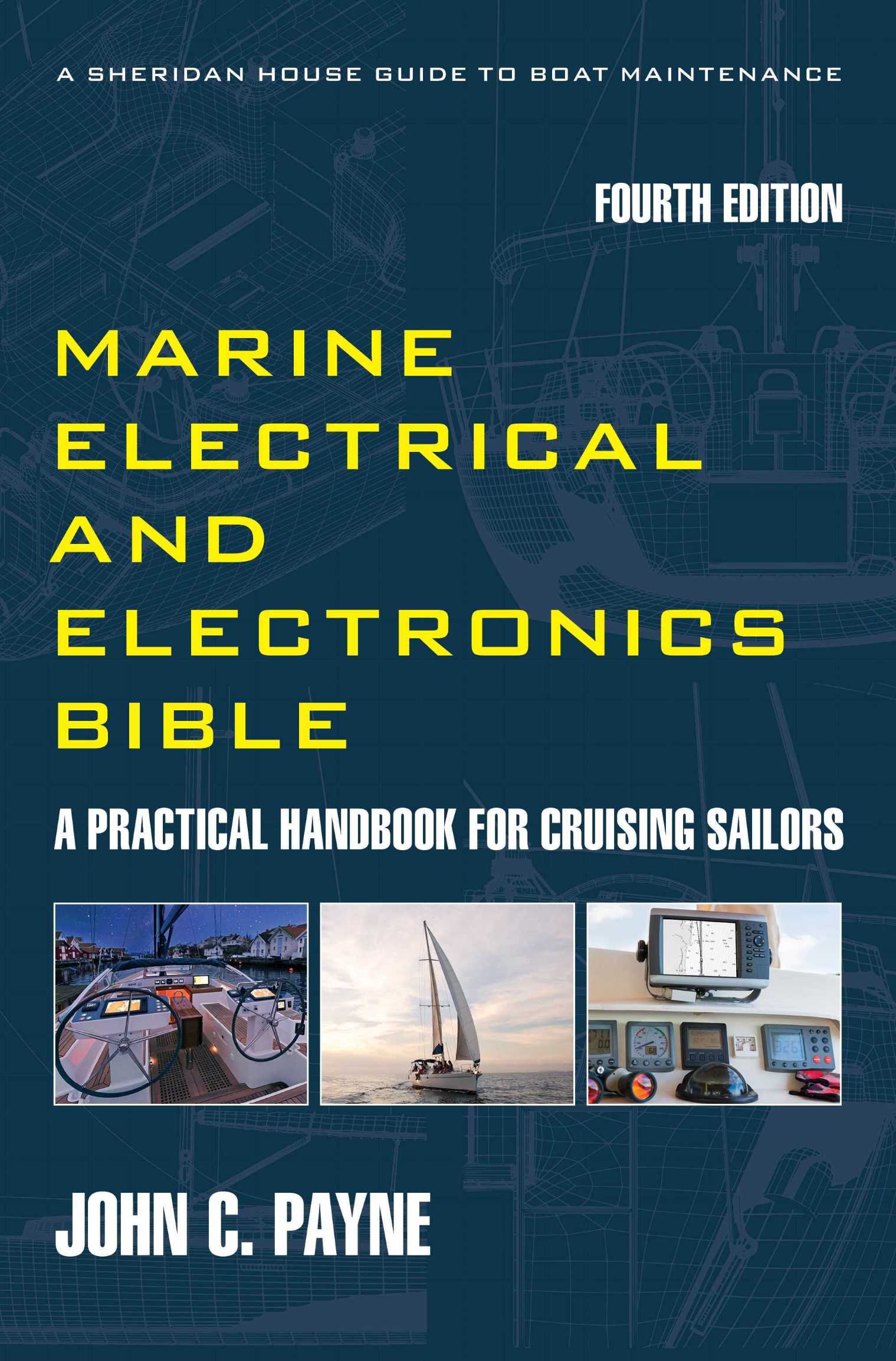Lithium Batteries for Boats
Lithium batteries for boats include both fixed and portable. In the marina where my boat is berthed, electric scooters and bikes pass up and down the narrow marina walkways all the time given it’s a long walk to the outer pontoons. Given the plethora of lithium-ion battery fires occurring ashore these scooters and many other devices also present some risks on your boat.
There has been a spate of fires both ashore and afloat that are associated with these batteries resulting in a total loss of the house and the boat. The fire brigades also struggle to extinguish these fires given the fierce nature of the combustion process. Principle causes are excessive heat from a faulty charger or overcharging the battery. Do not use cheap generic chargers which is a common cause of this. Most of these fires have initiated when the device battery is charging and more so when left on charge for extended periods. Recently a major fire started on the bridge of an oil tanker while discharging cargo in the USA. A handheld VHF radio with lithium-ion battery exploded while left on charge causing millions in damage in the ensuing fire and luckily a serious disaster was averted
Portable
Device Lithium ion Battery Fires
I did a recent audit on my ketch of all lithium-ion battery powered devices. They range from rechargeable power tools like my Ryobi 18V Plus suite of tools without which I am sure my recent refit wouldn’t have progressed nearly as quickly. I have the drill, jigsaw, lantern, palm sander and grinder plus the essential vacuum cleaner for cleaning up and my latest acquisition is a handheld pressure washer which is great for washing anchor chains. For these I have at least 3 battery packs. Then there are computing devices such as laptops, my new ICOM handheld DSC VHF radio and others. Many also have aboard drones, smart watches, mobile phones, power banks, electric toothbrushes, portable speakers, e-bikes and scooters, rechargeable galley appliances such as my very useful compact blender. Then there are also dinghy electric outboards and so the list goes on. When you audit your own devices, some might have Nickel-Metal Hydride (NiMH) batteries which are not a problem, so check the device labels. There are regulations that are the IEC 62133-2:2017 standard which specifies the safety requirements for portable lithium cells and batteries. This is primarily focused , on safe operation under normal and misuse conditions. Get your copy of my book The Marine Electrical and Electronics Bible 4th Edition.
Portable device lithium batteries for boats
Lithium ion battery fires are common in media reports and it is important to note that many are caused by device charging. There are many Lithium battery powered items on a boat these days apart from the house battery bank. There has been a spate of yacht (and house) fires associated with these resulting in a total loss of the boat. Once these fires start, they are almost impossible to extinguish. There is a reason why so many places now ban certain devices such as e-scooters from locations such as underground rail systems. The number of battery recalls is rapidly growing.
Portable device lithium batteries for boats
Lithium-ion batteries typically contain a liquid electrolyte solution that is comprised of lithium salts dissolved into a solvent, such as ethylene carbonate, to create lithium ions. This creates a power source with a very high energy density in a small package. The downside is that this electrolyte is both highly volatile and flammable, with an increased risk of fire or explosion, especially when exposed to high temperatures. During charge and discharge heat is also internally generated. The heat from lithium-ion battery failure can attain 400 degrees Celsius within seconds, and peak temperatures much higher. This is often referred to as thermal runaway and this chemical reaction is self-sustaining and results in an upwardly spiraling temperature profile often resulting in explosion along with the release of toxic gases. Battery fires are hard to extinguish until the energy is totally dissipated. Water will not extinguish but can help reduce the heat levels. It is important to differentiate between Lithium Iron Phosphate (LiFePO4) batteries used in house power battery banks which are generally safe although they are still subject to issues when damaged or when overheating.
Portable
Device Lithium ion Battery Fires
Lithium battery problems comprise the following that include mechanical damage to the battery, overcharging, over-discharging, short circuiting, improper use of a battery charger, inherent manufacturing defects, water ingress, low quality battery with cell faults, low battery cell condition and battery age. The vast majority of lithium-ion battery fires are down to human error. Think twice when borrowing a charger from friends, as even though a charger can physically connect a device charging port or battery pack doesn’t mean its okay for that device. Check the manufacturer’s recommendations.
Portable device lithium batteries for boats
Lithium powered devices range from rechargeable power tools, laptops, tablets, drones, smart watches, mobile phones, power banks, electric toothbrushes, portable speakers, e-bikes and scooters (a popular travel mode on my large marina), rechargeable appliances, smart devices, toys, tender outboards and so on. Some of these fires have initiated due to non-original charging devices and most fires appear to occur when the device is left on charge. For safety I would recommend you do not leave your devices on charge when you leave the boat unattended or at night. Lithium batteries for boats are changing the whole onboard power paradigm. Make sure you consider all the factors.
